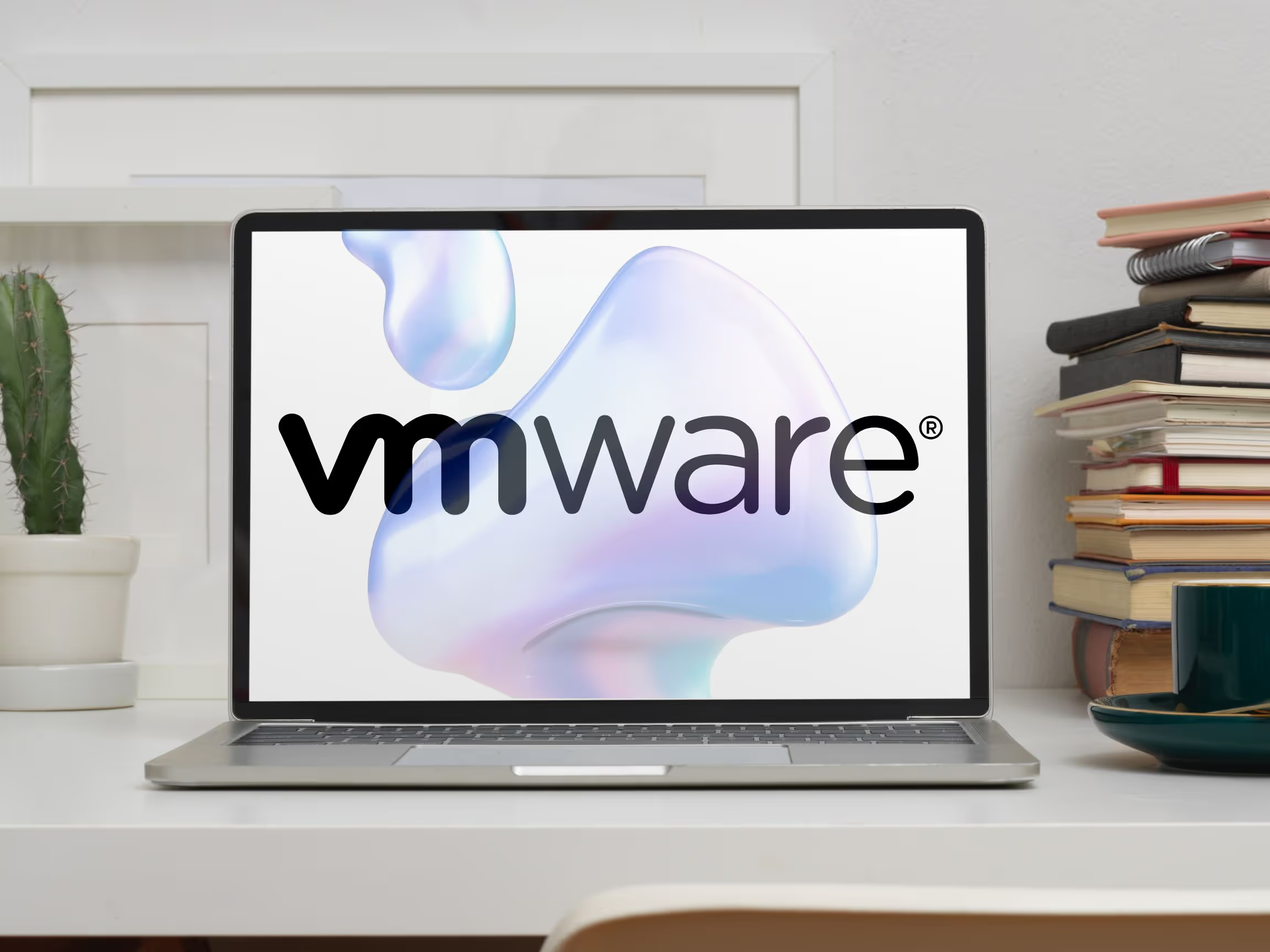Harnessing Cloud Technology for Business Growth

Rising costs, licensing uncertainty, and strategic shifts following Broadcom’s acquisition of VMware have left many organizations rethinking their infrastructure roadmap. What was once a reliable virtualization platform is now a source of budget pressure and operational concern. As businesses look to regain control and future-proof their environments, cloud migration — particularly to AWS — has become the logical next step. But moving off VMware isn’t without its risks. In this article, we break down the top mistakes that can derail your migration — and how to avoid them.

Adding to the urgency, Broadcom’s consolidation of VMware’s product lines and its move toward bundling services has left many IT leaders questioning whether they’re paying for what they actually need — or simply what they’re told to buy. The result? A significant exodus is already underway, with businesses looking to cloud-native alternatives that offer scalability, cost control, and freedom from vendor lock-in.
This mass migration is more than a trend — it’s a reset. But without a clear strategy and the right expertise, you risk increased costs, downtime, and even security gaps.
1. Underestimating Complexity
Lifting and shifting workloads from VMware to the cloud can seem straightforward — until you hit deeply integrated dependencies, legacy configurations, or specialized workloads. Many organizations underestimate the complexity of their existing environment and assume it can be mirrored in AWS “as-is.”
Solution: Start with a detailed discovery and assessment phase. Understand your dependencies, evaluate application readiness, and define a modernization strategy where needed — not just migration.
2. Neglecting Security & Governance
One of the biggest shifts in cloud is the shared responsibility model. Without clear governance policies and security controls in place, even small missteps can lead to major risks.
Solution: Implement security from day one. Use tools like AWS Identity and Access Management (IAM), Control Tower, and landing zones to enforce best practices around access control, encryption, and logging.
3. Ignoring Cost Optimization Opportunities
Simply replicating your on-prem VMware setup in the cloud can lead to overprovisioning and higher costs — exactly what you were trying to avoid in the first place.
Solution: Align workloads with appropriate pricing models, such as spot instances or savings plans. Use right-sizing tools, automate instance management, and regularly review cost reports to keep your cloud environment lean and efficient.
4. Skipping the Operational Model
A cloud migration is not just a tech project — it's a fundamental shift in how infrastructure is deployed, operated, and managed. Teams that treat cloud like a traditional data center often struggle to maintain performance or scalability post-migration.
Solution: Define a new operating model built for cloud: adopt Infrastructure as Code (IaC), CI/CD pipelines, and DevOps practices. Automate where possible, and align operations with cloud-native capabilities.
5. Going It Alone
Cloud migration — especially from a complex platform like VMware — is not the time for guesswork. One of the most common mistakes is trying to build everything in-house, without leveraging external expertise or support.
Solution: Engage with a trusted cloud partner who brings not only technical skill, but also strategic insight, automation frameworks, and access to AWS funding programs. An experienced partner can help you reduce risk, accelerate migration timelines, and build a foundation for long-term success.
Don’t Just Migrate — Modernize
Your move off VMware is a golden opportunity to rethink how your infrastructure supports your business. By avoiding these common mistakes — and working with the right cloud partner — you can transform a high-risk transition into a high-value evolution.






